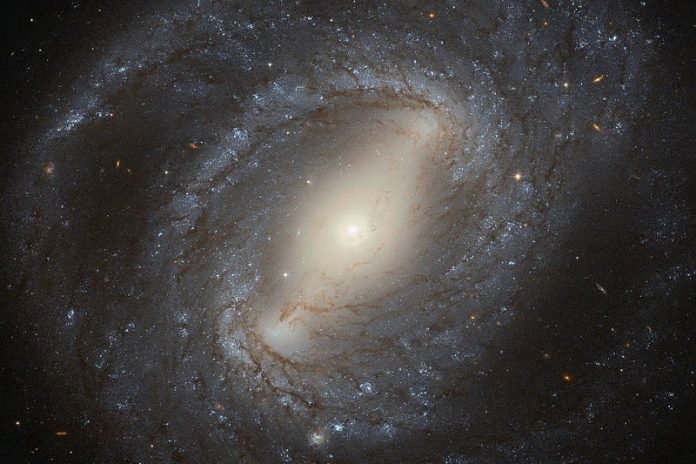
When Earth formed 4.5 billion years ago, any phosphorus that was present likely sank into the molten core because of the element’s distinct chemical properties.
However, phosphorus is essential for life; it is found in DNA, RNA, and other important biological molecules.
So it is probable that the phosphorus that made life possible was delivered to Earth’s surface from extraterrestrial origins, and previous studies have suggested meteorites as potential sources.
Now, Plane et al. present a new analysis suggesting that much smaller extraterrestrial particles known as cosmic dust may deliver phosphorus to Earth’s atmosphere, where a series of chemical reactions repackage the element into biologically useful forms—namely, metal phosphites and phosphates—that eventually settle onto Earth’s surface.
Upon entry into the atmosphere, air friction causes cosmic dust to undergo a process of vaporization and melting known as ablation.
The new research builds on earlier work in which cosmic dust–sized meteoric fragments were flash heated to simulate ablation and the release of phosphorus-containing molecules was detected.
Computational modeling of this process provided further support for cosmic dust as a significant source of phosphorus on Earth’s surface.
The researchers constructed a network of chemical reactions that outline the specific process by which cosmic dust ablation could produce biologically useful phosphorus molecules.
To do so, they combined real-world results from laboratory studies of chemical reactions with theoretical predictions for reactions that have not yet been studied in the lab. Then the researchers incorporated the reaction network into a global climate model.
The reaction network and the model simulations provide new support for the ablation of cosmic dust and subsequent chemical reactions as a source of biologically useful forms of phosphorus.
These molecules are incorporated into tiny “meteoric smoke” particles that settle onto Earth’s surface.
The authors suggest the particles could be a significant and continuous supply of phosphorus for life on Earth.
In addition, the researchers predict which regions, per year, might receive the greatest amount of phosphorus delivered by cosmic dust, in particular, the northern Rockies, the Himalayas, and the southern Andes.
They also predict that a narrow atmospheric layer of OPO—a phosphorus-containing molecule—might encircle Earth 90 kilometers above its surface.
Future research could confirm the existence of the predicted layer.
Researchers could also explore the possible role of cosmic dust–delivered phosphorus during the rise of life on Earth, when limited amounts of phosphorus could have constrained biological activity.
Written by Sarah Stanley.



